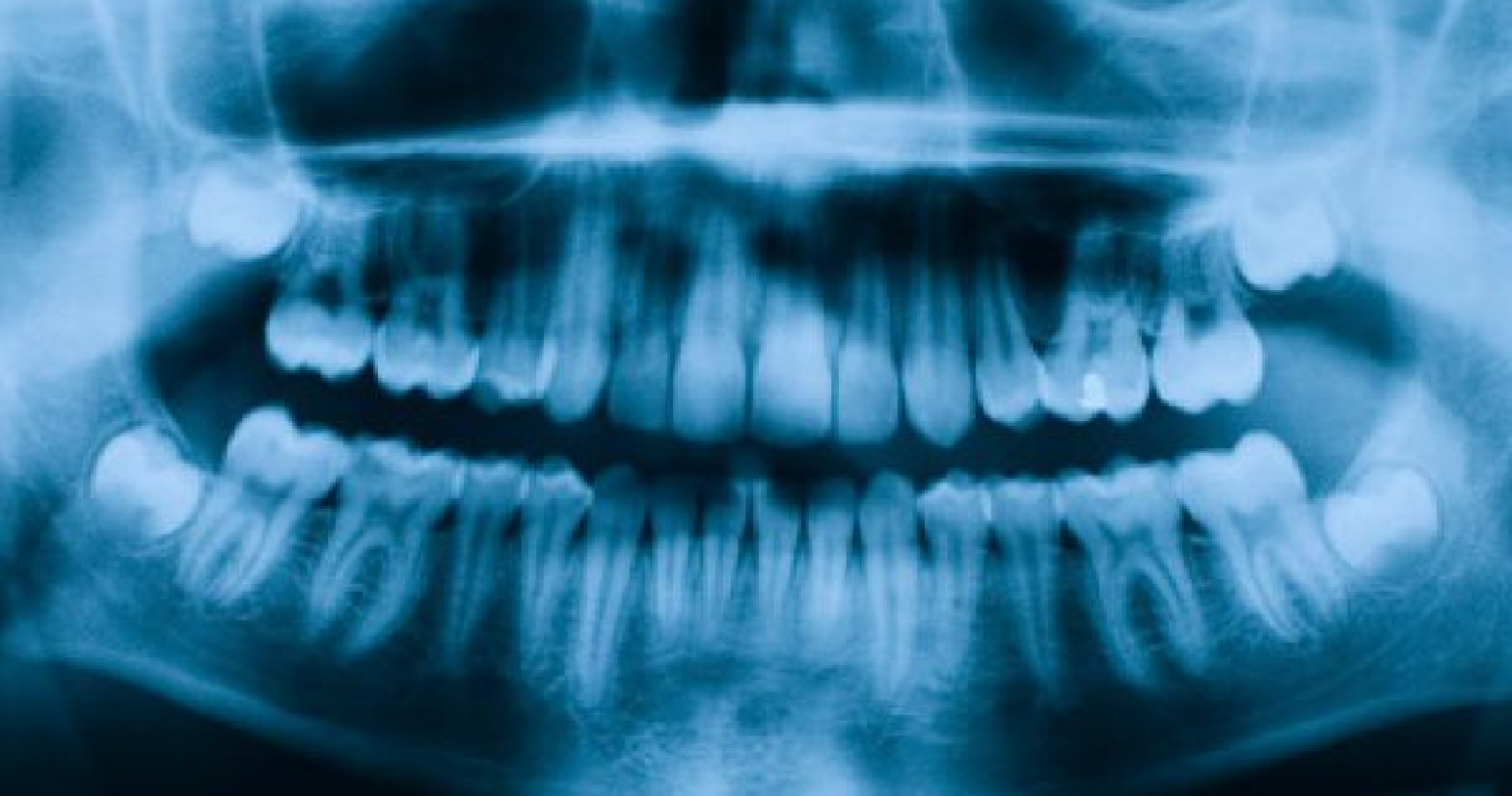


Any bleeding gums while brushing or flossing your teeth indicates that the gums are inflamed. Bleeding is accompanied by swelling, changed gum color and bad breath, and possibly pain. Healthy gums are pink, firm to the touch, and do not bleed.
Overgrowth of bacteria causes the inflammatory process called gingivitis. The gums are irritated by the plaque or plaque and turn dark red, swell and gradually recede from the tooth. A gum pocket develops in which more and more bacteria can accumulate. This process can be stopped and the gums heal completely, but immediate action is of the utmost importance.

One of the main causes of gingivitis, or gingivitis, is poor dental hygiene, but it can also be caused by stress, smoking, vitamin deficiencies, some diseases, and heredity. Pregnant women also often have problems with gingivitis, known as pregnancy gingivitis, due to hormonal changes. This can occur in the second and third trimesters of pregnancy.

If you overlook the early signs of gingivitis or if you don't pay enough attention to it, untreated inflammation can gradually progress into periodontitis (also known colloquially as gum disease).
Because bacteria attack the gums, the periodontal pockets become deeper and offer more space for more and more bacteria. The dental plaque becomes harder and harder and changes into tartar, on which even more plaque accumulates and the gums recede even more from the tooth. The bacteria also cause bad breath.
I had dental surgery last week, tooth was removed. A large wound remained, which the doctor sewed up. I then used Gengigel Gel and applied it carefully. The wound healed extremely quickly and there was no inflammation. Great, I recommend it !
Martina P. from St. Gallen
At the moment - after a painful dental treatment - Gengigel is helping me effectively + pain-relieving with oral hygiene + healing!
Cecile S. from Lucerne
I had a serious tooth operation and immediately used Gengigel gel afterwards. The wound healed quickly and there was no inflammation.
Chrigu N. from Winterthur

Clinical studies showed that hyaluronic acid 0.1% / 0.8% (GENGIGEL® Professional) led to a significant improvement in relevant clinical parameters and improved healing in patients with periodontal diseases and in patients undergoing dental surgery. The glycosaminoglycan hyaluronic acid (HA) is a major component of the extracellular matrix. It has many functions, including maintaining tissue homeostasis and protecting […]

Does Diet Affect Gum Health? The results of a study in the "Journal of Clinical Periodontology" suggest this connection. Gingivitis, a common inflammatory disease of the gums, is often the onset of a more destructive disease called periodontitis. When fully developed, periodontitis can lead to tooth loss. Therefore, it is important to […]

Every child knows that brushing your teeth is important, so it is not surprising that most people think of their dental health first when it comes to proper oral hygiene. However, in order to keep our entire set of teeth healthy and functional in the long term, not only is proper dental care and interdental care (interdental care) essential, but also […]

Since general daily oral hygiene focuses mainly on preventing tooth decay, plaque formation and brushing and keeping our teeth clean, unfortunately little attention is usually paid to the gums. Most people have bleeding gums or inflamed gums at some point. As a rule, however, little is done without being aware that this […]

A friendly smile opens doors - privately and professionally, so it is not surprising that more and more people today are not only concerned about the health of their teeth, but also about the aesthetics of them. It is often forgotten that the gums visible when smiling also have a decisive influence on the impression. Beauty and vitality will […]

For many teens, wearing braces can cause temporary mouth sores. These wounds heal much better and faster when using the Gengigel gel or spray. Apply whenever there is a need. Braces serve the purpose of eliminating malpositions of the rows of teeth in the jaw and straightening the rows of teeth. Unfortunately, this also […]

Aphthae are small but quite painful sores in the mouth or on the inner part of the lips. They show a whitish coating and are surrounded by a reddish edge. Medicine speaks of recurring aphthous stomatitis and thus describes one of the most common injuries to the oral mucosa: it affects the buccal mucosa, the mucous membranes on the inner […]

Whitening or in English: bleaching of the teeth is becoming more and more popular and is also increasingly being carried out at home. Home bleaching or do you prefer in-office bleaching? There are numerous products to choose from that you can use at home: from gel-filled splints to strips and pen-shaped applications, it is up to the user to [...]

Bleeding gums or gum swelling can have various causes. If you find blood on the toothbrush or in the mouth after brushing your teeth, it is usually a bacterial infection of the gums or periodontium. The periodontium is the periodontium. If the gums are inflamed and swollen, it is called gingivitis, but if the periodontium […]

Oral health is more important than you might think. The health of your mouth, teeth and gums can affect your overall health - at the same time physical illnesses can affect the health of your mouth. What is the connection between oral health and general health? In your mouth, as in the rest of your body, there is a […]